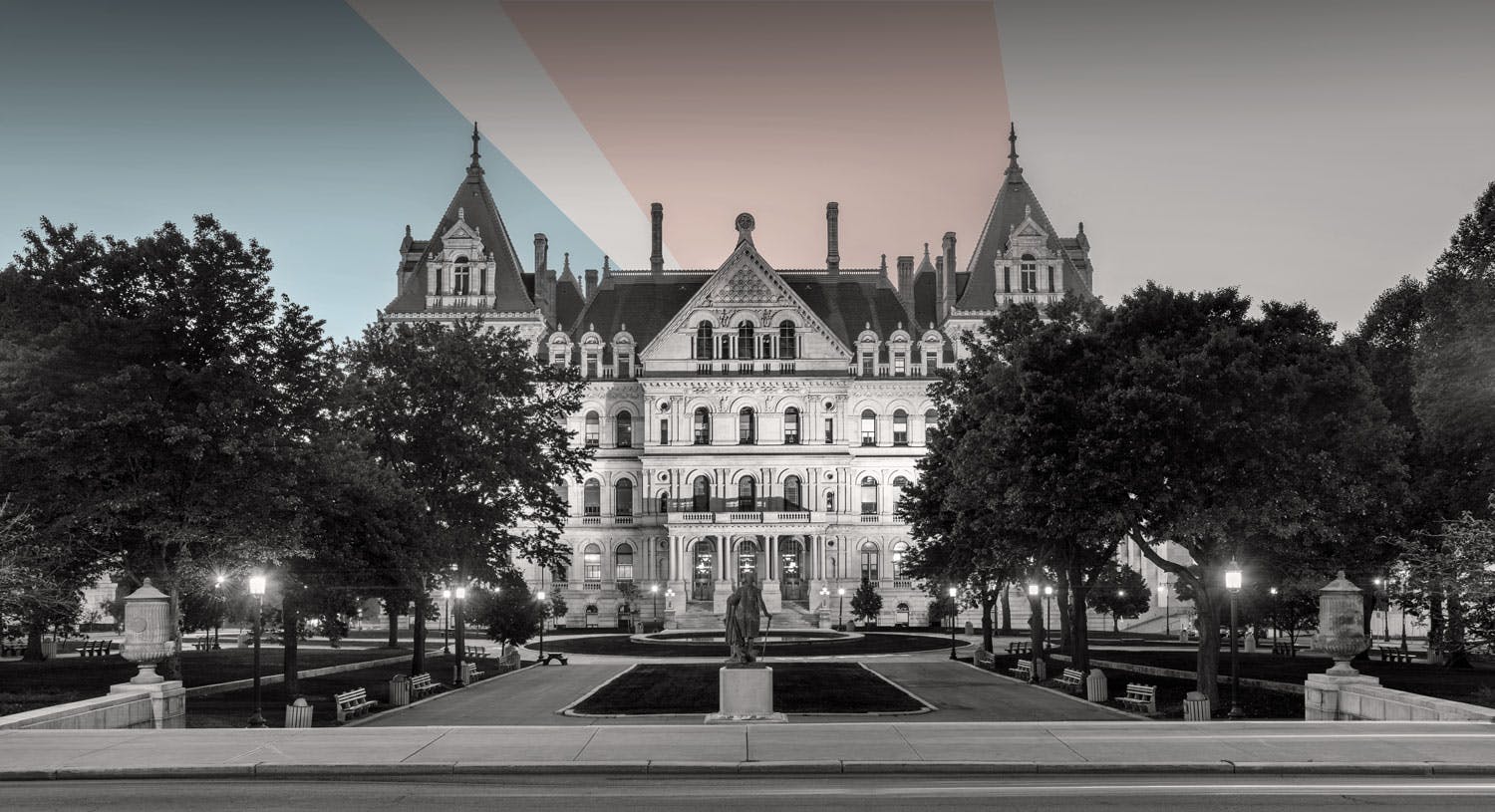
Public Affairs Campaign: Shaping the NYS Budget
By Freeman KlopottA Good Public Affairs Campaign Can Help Shape the New York State Budget – If It Starts Now
When summer is at its peak and the days are sweltering, the idea of New York’s annual, winter-long budget battle feels like a distant thought. But the reality is, budget season in the walls of the State Capital gets underway before Labor Day – the time to start building a public affairs campaign to influence the governor’s budget proposal is now.
Albany’s annual budget battle is the center piece of the legislative cycle. At play is more than $225 billion in state and federal funding as well as a host of public policy. In the last budget cycle, Governor Kathy Hochul followed the path of previous governors as she introduced her budget proposal in January 2023 packed with public policy. Chief among it was her plan to create 800,000 new homes in the midst of a massive housing crisis.
There’s no reason to believe this year will be any different. Governor Hochul is already hinting at a renewed fight over her housing plans. And it makes sense. In the 2004 ruling in Silver v. Pataki, New York State’s highest court confirmed, and in the process bolstered, the governor’s constitutional powers in the New York State budget process. The power was famously executed by former Governor Andrew Cuomo, who used the ruling to leverage the legislature by, essentially, making them choose between slashing key parts of the budget, like education, or passing his policy proposals that were included in appropriation bills.
The Executive Budget Process
Formally called the Executive Budget, work on the spending plan the governor proposes starts in its earliest stages over the summer as spending and programmatic success is reviewed by the New York State Division of the Budget that occupies the first floor of the New York State Capital in Albany. As a former member of this team of talented individuals, I can tell you their noses will really hit the grindstone heading through the fall as they work hand-in-hand with the governor’s policy and legal teams to develop the Executive Budget and the policies it will include.
For those seeking to influence this process and have their policies included in the Executive Budget – and all the power that comes with it to make those policies a reality – waiting until November or December to take action is already too late in the process. And it can take more than traditional direct outreach to decision markers that comprises the work of lobbyists to get it done.
Coordinated Public Affairs Campaign
Raising an issue to the level of inclusion in the Executive Budget takes a coordinated public affairs strategy that convinces the public to support the policy change and, ultimately, builds pressure on the governor and her team to include it in her spending plan. Public support also provides the governor with further leverage throughout the budget cycle as she negotiates with the legislature, and helps make sure the policy is included in the final enacted budget which, if approved on-time, gets done by the end of March.
Public affairs campaigns differ from traditional public relations strategies. A well-designed public affairs strategy has a clear, measurable objective in mind and goes beyond the PR playbook of earned media and organic social media to include advertising, direct mail, canvassing, public demonstrations, public opinion polling, coordination with state and local officials and lobbyists, and more. It’s designed to build public support and create pressure to move objectives forward.
Timing a Public Affairs Strategy is Key
But impacting public sentiment and building pressure from the bottom-up takes time. To be effective and land a spot in the Executive Budget, planning and strategizing should already be underway by summer, with a public affairs campaign rolling out in September or early October. As decision makers inside the executive chamber and Division of the Budget start getting into the weeds on spending and policy decisions for the Executive Budget, they will already have been seeing headlines and hearing from constituents on your issue.
The ideal public affairs campaign that targets the New York State budget process should hit two peaks. The first ought to come in November and December, with local leaders and state lawmakers voicing support and publicly sharing in the hope that the governor proposes the policy in her budget. The campaign should peak again as negotiations between the governor and legislature intensify in late February and throughout March, keeping the heat on the issue and helping ensure it survives the process.
Finding the Right Public Affairs Team
As with any effort to convince the public, lawmakers, and the governor, there will be bumps along the way and having a team at the helm that has a deep understanding of the process will help you navigate through the roadblocks and surprises.
The team at Marino includes former government leaders who have a deep understanding of the budget and legislative process, and experts well-practiced in executing complex public affairs strategies. For example, over the last year, Marino led public affairs campaigns that helped win approval for 5,000 new homes across the five boroughs – representing 45 percent of all housing approved by the New York City Council that year – as well as the toughest laws in the country regulating powerful prescription drug middlemen known as pharmacy benefit managers.
Marino has all the tools and expertise to build a campaign that’s targeted at the Executive Budget and carries through the process to deliver results – it all starts with a conversation.

